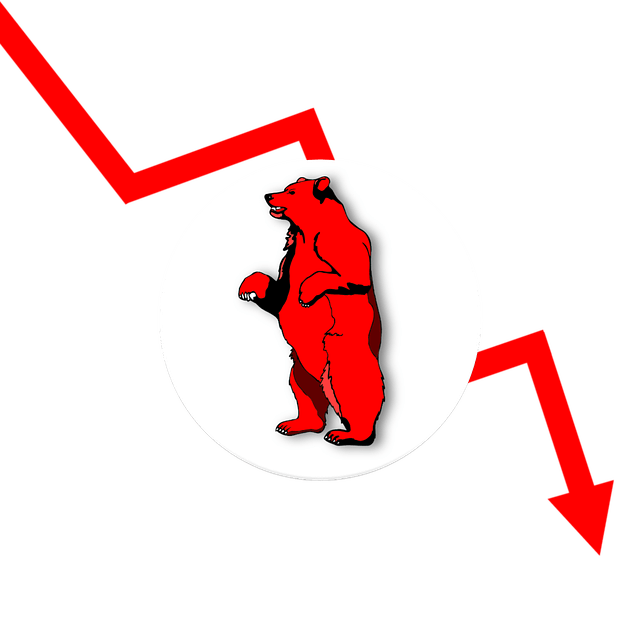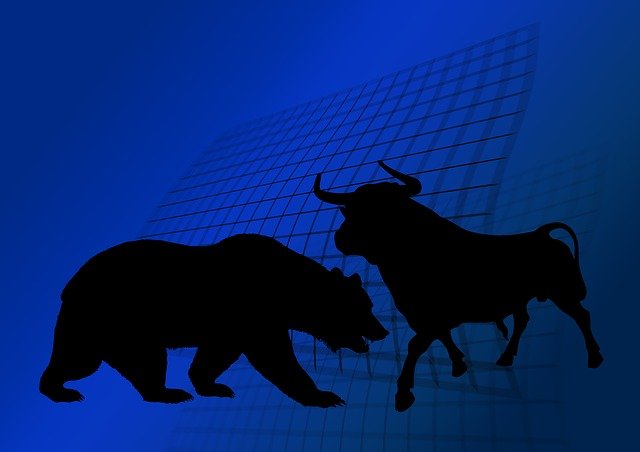What does “Bear Market” mean?
A bear market is characterized by an asset price decrease of at least 20 percent from recent highs. Clearly, these are hardly favorable circumstances, but fighting back might be risky.
Here, we will discuss eight essential investing methods and mentalities that can help you remain cool and “play dead” while the stock market eats into your gains.
Bear Market Strategies
Keep Your Fears Under Control
Wall Street has an ancient saying: “The Dow climbs a wall of fear.” In other words, the Dow has continued to increase throughout time despite economic problems, terrorism, and numerous other catastrophes. Always attempt to separate your emotions from your investing decision-making process. A few years from now, what appears like a great global calamity now may be regarded as little more than a blip on the radar screen. Remember that fear is an emotion that may impair logical decision-making. Keep your cool and continue!
Invest Using Dollar Cost Averaging
The most essential thing to remember during an economic slowdown is that negative years on the stock market are common; they are a natural component of the business cycle. If you are a long-term investor (with a time horizon of 10 years or more), dollar-cost averaging is one of your options (DCA). By acquiring shares regardless of price, you get shares at a discount while the market is down. Your cost will “average down” over time, resulting in a better total entry price for your shares.
Act Dead
During a bear market, bears dominate and bulls have no chance. According to an ancient proverb, the best course of action during a bear market is to pretend dead, just as you would if you saw a genuine grizzly bear in the woods. Fighting back would be very risky. By remaining cool and avoiding unexpected movements, you will avoid becoming a bear’s meal. Playing dead in financial terms refers to allocating a greater proportion of your portfolio to money market products, such as certificates of deposit (CDs), U.S. Treasury bills, and other assets with high liquidity and short maturities.
Diversify
Diversification is allocating a portion of your portfolio to stocks, bonds, cash, and other assets. The manner in which you divide your portfolio depends on your risk tolerance, time horizon, objectives, etc. Every investor’s circumstances are unique. A smart asset allocation plan will enable you to avoid the potentially harmful consequences of putting all of your eggs in one basket.
Never invest more money than you can afford to lose.
Investing is vital, but so are eating and staying warm. It is undesirable to invest short-term cash (such as money for the mortgage or groceries) in the stock market. As a general rule, investors should not invest in stocks unless they have a five-year or longer investment horizon, and they should never invest money that they cannot afford to lose. Bear markets and even slight market dips may be exceedingly devastating.
Consider Excellent Values
Bear markets may provide excellent investment opportunities. The secret is knowing what you’re searching for. A bear market is characterised by equities that are beaten up, battered, and priced too low. Value investors such as Warren Buffett often consider bear markets as purchasing opportunities due to the fact that the prices of excellent firms fall in tandem with the valuations of inferior companies, resulting in very favourable valuations. Buffett often increases his holdings in some of his favourite firms during market downturns because he understands the market’s propensity to unfairly penalise even outstanding businesses.

Take Stock in Defensive Industries
In general, defensive or non-cyclical equities do better than the market as a whole during bear markets. These sorts of stocks provide a constant dividend and dependable profits regardless of the market’s condition. Companies that manufacture non-durable home goods, such as toothpaste, shampoo, and shaving cream, are examples of defensive sectors, since consumers will continue to use these products throughout difficult times.
Prefer Short
There are opportunities to benefit from price declines. One method is short selling, which involves borrowing shares of a business or ETF and selling them in the hope of buying them back at a cheaper price. Short trading involves margin balances and might result in damaging losses if markets rise and short positions are covered, resulting in further price compression. Put options are another alternative, which increase in value when prices decline and guarantee a minimum price at which to sell an asset, thereby setting a floor for your losses if you are hedging. To purchase puts, you must be able to trade options in your brokerage account.
Inverse exchange-traded funds (ETFs) provide investors with the opportunity to benefit from the decrease of significant indexes or benchmarks, such as the Nasdaq 100. When the main market indexes decline, these funds increase, enabling you to benefit while the rest of the market declines. These options may be acquired simply from your brokerage account, unlike short selling or puts.
Why Is It a Smart Move to Continue Investing During Bear Markets?
The stock market and the economy tend to rise over the long term. Bear markets may disrupt this generally upward tendency, but these declines always finish and reverse, resulting in new highs. By investing during bad markets, you may develop stronger holdings by purchasing equities at cheaper prices (“on sale”).
What is the frequency of bear markets?
Historically, bear markets in the United States occur every 4.5 to 5 years on average.
Why Is This Known as a Bear Market?
There are many conflicting hypotheses about the origin of the names bull and bear markets. Bulls often attack by thrusting their horns forward, while bears typically strike by bringing their claws downward. According to a second explanation, the name “bear” derives from the early fur trade, in which bearskins were seen as especially dangerous goods in terms of price and durability.
Which bear market was the most severe to date?
The 1929-1932 decline, which coincided with the Great Depression, was the most severe and longest bear market ever.

